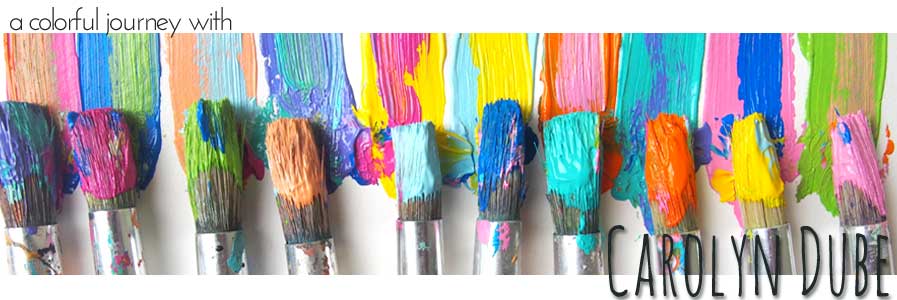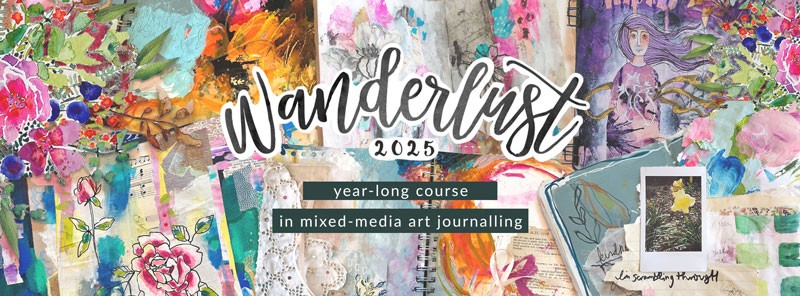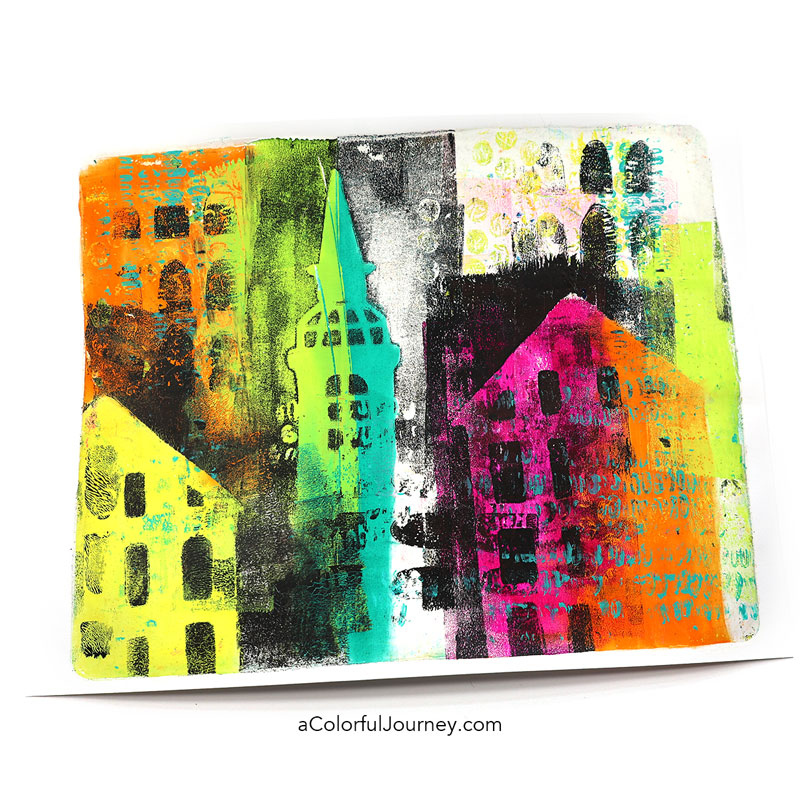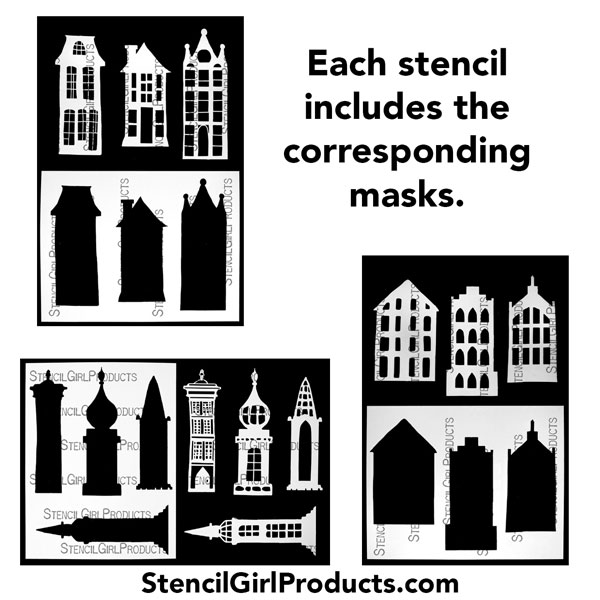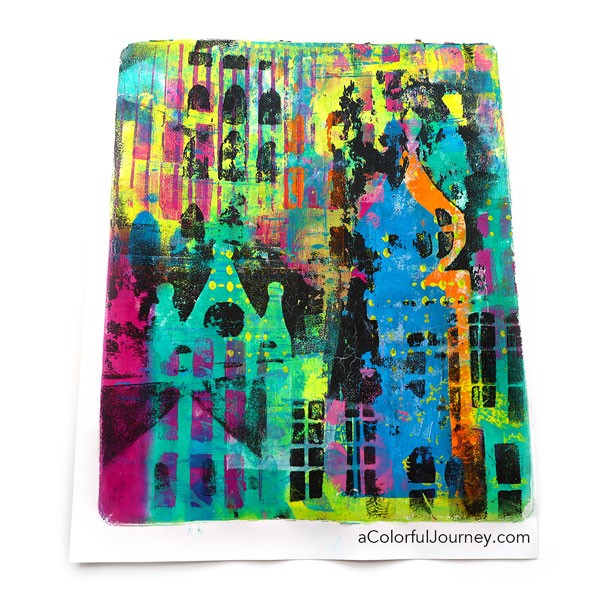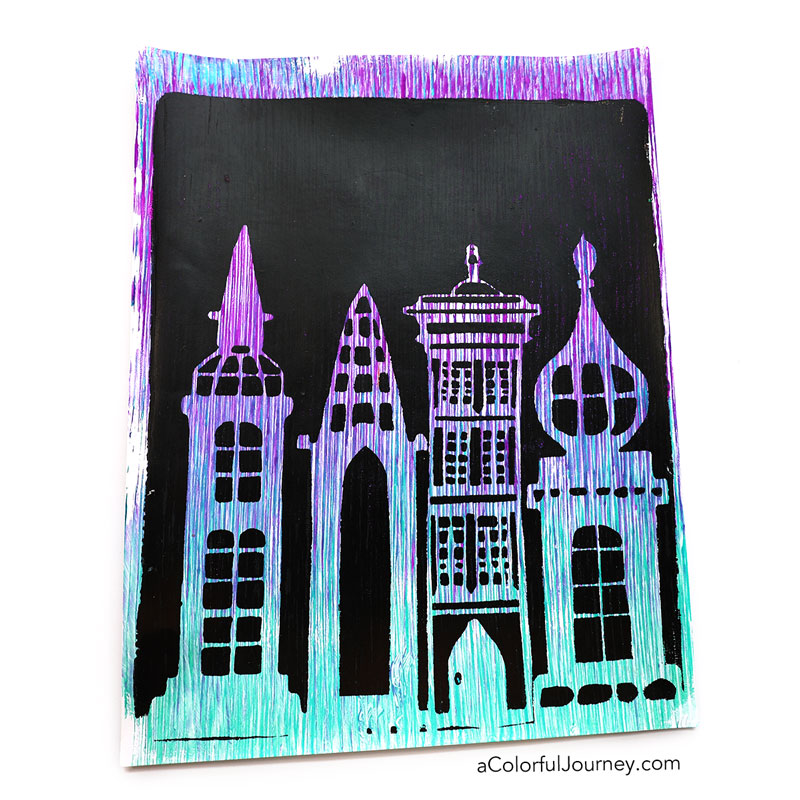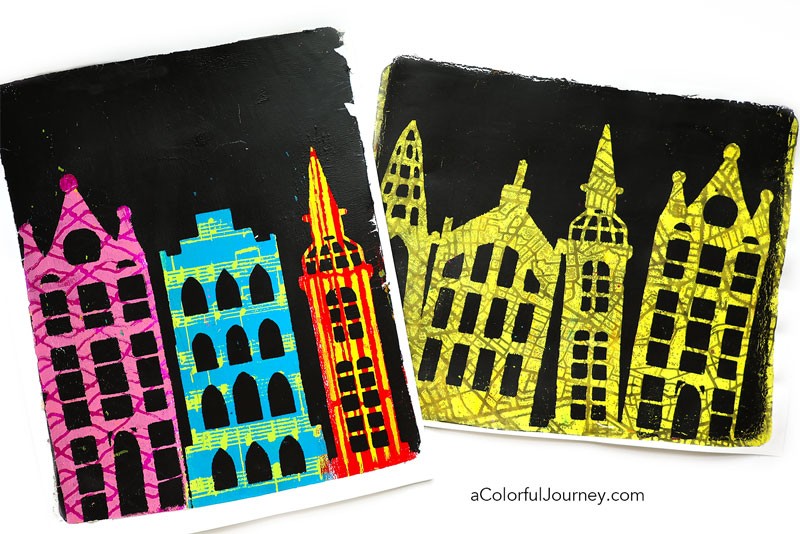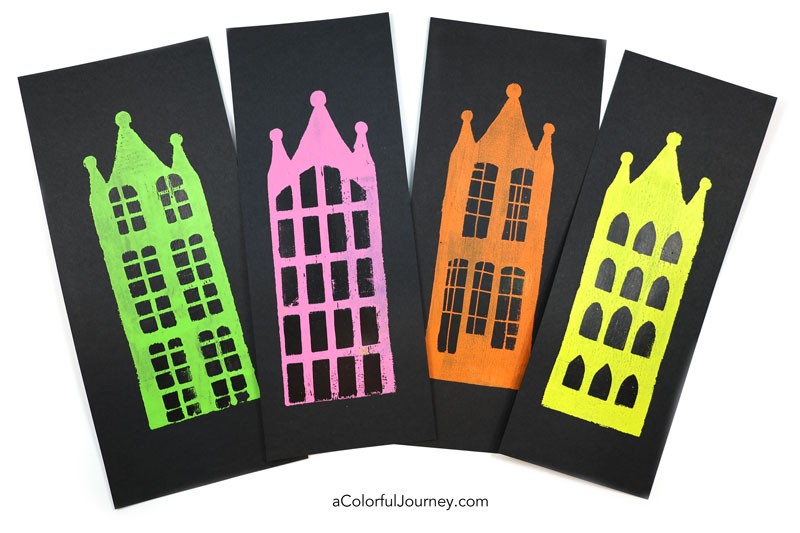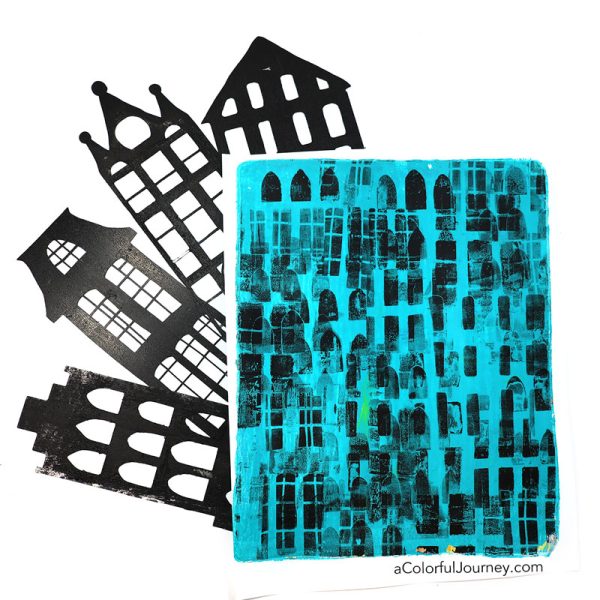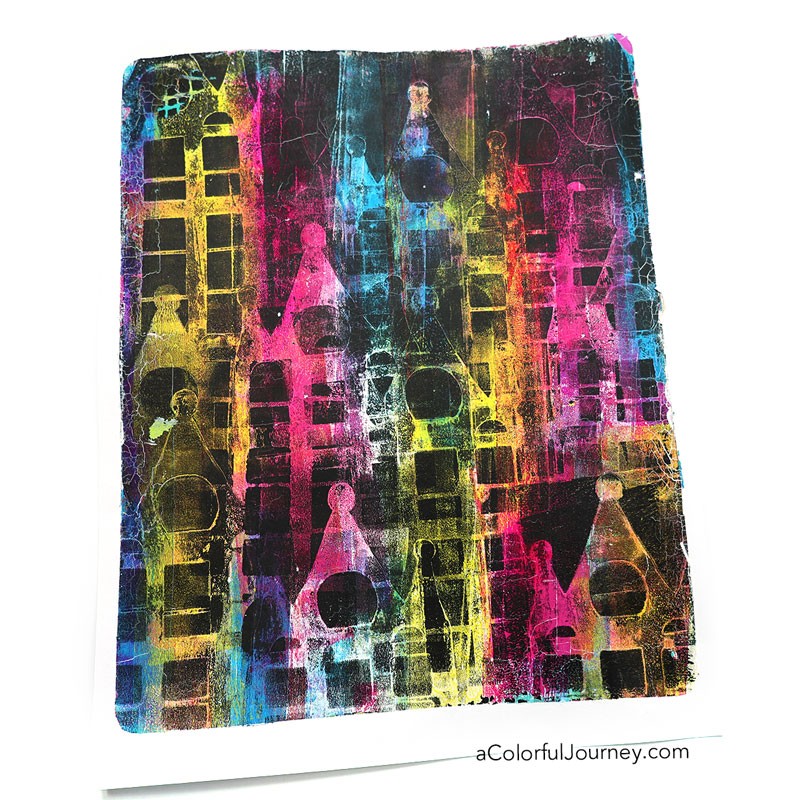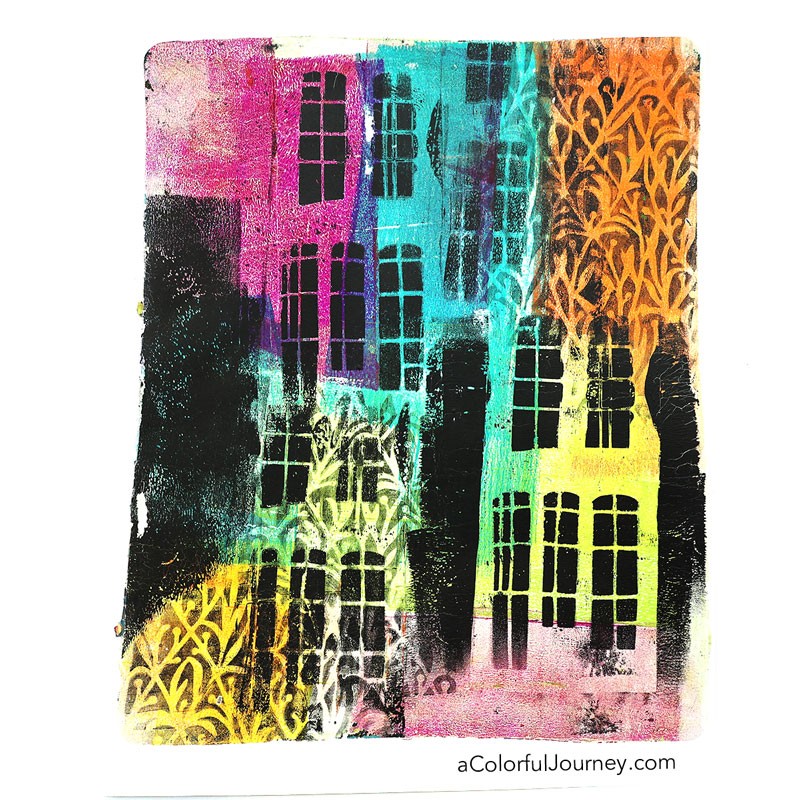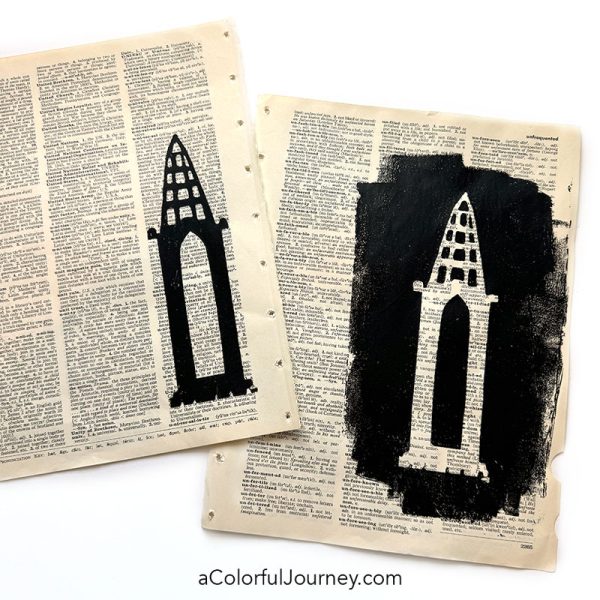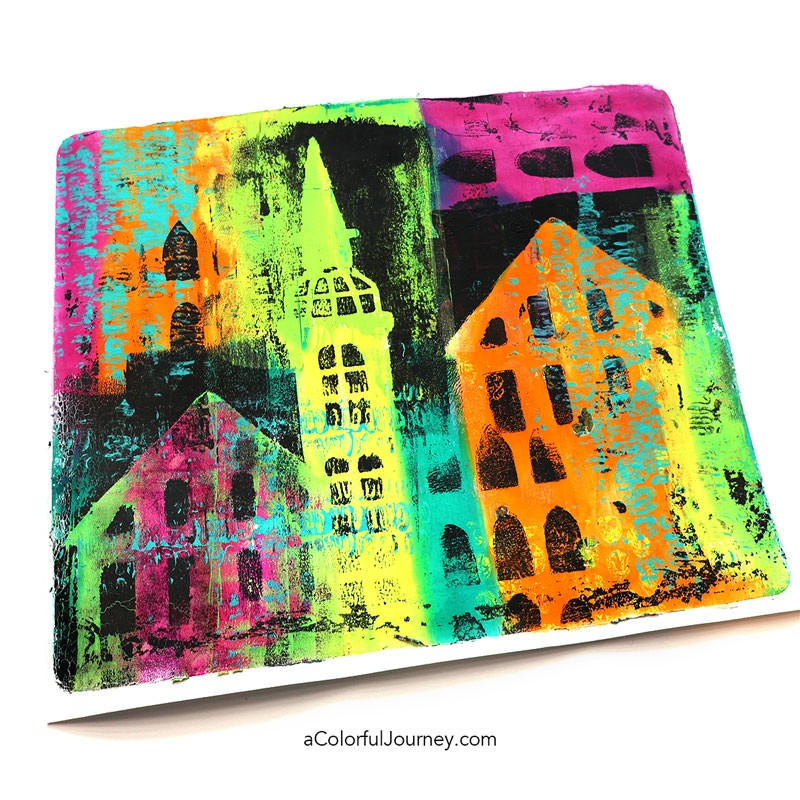What’s the best part of Wanderlust? Is it the full year of step-by-step art journaling videos and printable pdfs? That it’s lifetime access with downloadable videos? Those are all reasons to love Wanderlust, but it’s the two kinds of inspiration that I love the most about Wanderlust!
***The early bird spots are 50% off, but the catch is there are only 2,000 of them and they sell out quickly. So if you want to get the whole year for $99 ( regular price of $199) then go here to see if any of the spots are still available***
First is the buffet of styles. Having 30+ teachers means a plethora of techniques and approaches to try throughout the year. You can see the full list of teachers here.
- If you’re new to art journaling, it guides you step-by-step so you can get the most out of your art journaling. There’s an introductory pack already waiting for you in the classroom (including beginners guide to art journaling)
- If you’re a more experienced art journaler, it is a powerful creative spark as you explore how the techniques blend with your style!
Second is the mountain of inspiration that comes from the pages your fellow Wanderlust Adventurers share. Seeing how others interpret the techniques and tutorials from the lessons means you get even more variations and possibilities for your art journaling! I know I keep using a lot of exclamation points, but if you’ve done Wanderlust before, you know I’m not exaggerating on those !!!!!
What will the lessons be centered around? This is the 10th year for Wanderlust and they make sure every year is unique!
Each lesson is built around one Hero Technique that each instructor has chosen for their lesson to provide a focus and a structure to the course. This also ensures that the techniques won’t repeat and that your learning experience is balanced. Each week brings something new to your repertoire!
2025 focuses on Seasons and Themes throughout the year. Within each season Wanderlust will be exploring different themes such as colors, supplies, feelings, capturing moments, different kinds of art journaling.
- Season of New Beginnings
- Season of You
- Season of Storytelling
- Season of Leaps and Bounds
This year, I’m teaching 2 of the 45 lessons. Speed Dating a Word of the Year and the Power of Play, Healing through Art Journaling.
The BONUSES!
When you get signed up, there are goodies waiting for you in the classroom right now! Videos where 5 different artists share their favorite supplies and how they use them, journal flip throughs, and printable goodies.
But there’s an extra bonus when you join before September 20th! Studio tours from 5 artists, including me.
In my bonus video, as I share how I organize my supplies, the focus is on the logic and reasoning behind the choices. Studios can be organized lots of ways and no two are ever identical. There’s no one magic answer for everyone so understanding the why behind a decision is very helpful when you’re making your space work for you!
Joyful, zero-judgement, freeing art can be a real game changer. Join Wanderlust to fill your cup and get busy creating art that expresses who you are, even if it’s for your eyes only!
$99
Early Bird price 50% off (available only for the first 2000 members) After that, it’s $199
Wanderlust 2025 includes:
- 45 video lessons released weekly, on Fridays starting from the 3rd January 2025
- 8 extra sessions (pre-recorded or live and recorded) with Kasia Avery to open and close each season
- 19 bonuses waiting for you in the classroom as soon as you sign up
- this year-long course is divided into 4 inspirational seasons for better learning and self-discovery experience, with three short breaks
- host: Kasia Avery
- 32 Guest Teachers (each teaching at least one lesson)
- during the course you will be creating 35 art journal spreads and 10 other mixed-media projects
- incredibly easy to use classroom and help whenever you need it from our team
- access to the Adventurers Circle, our private, super suppportive student platform
- printable handouts and supply lists with every lesson
- life-time access
- weekly encouraging emails with special inspirational installment from Kasia
- all video lessons and handouts are downloadable
- introductory pack already waiting for you in the classroom (including beginners guide to art journaling)
